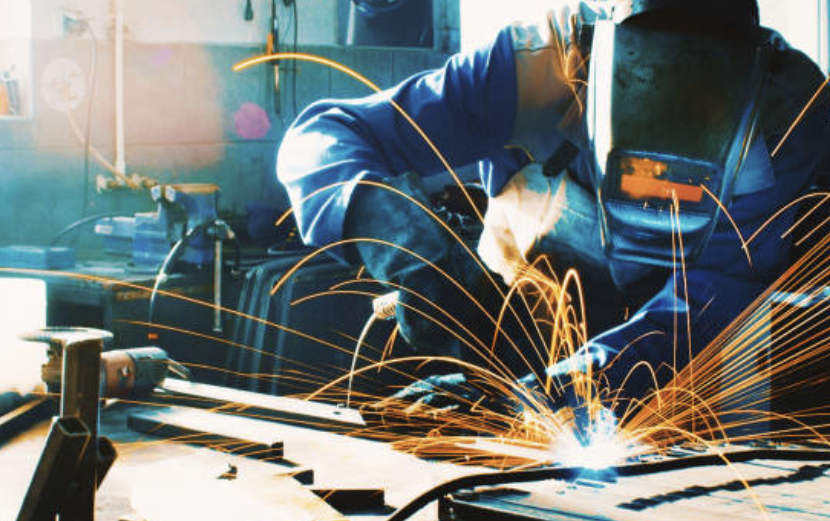
Posted on Wednesday, March 6, 2024
Welding thin metals is an essential skill for professionals and hobbyists in industries like automotive repair, HVAC, precision manufacturing, and art projects. However, thin metals are prone to warping and distortion due to their low heat tolerance and structural fragility. In this blog, we’ll explore expert tips, solutions for challenging applications, and common questions about welding thin metals.
Warping occurs when uneven heating and cooling cause expansion and contraction in the metal. Thin metals, due to their reduced mass, lose and gain heat quickly, making them more susceptible to distortion.
TIG welding is the best method for thin metals due to its precision and control over heat input. However, MIG welding and spot welding can also be effective depending on the project.
Stitch welding involves creating a series of small welds with gaps in between. This technique minimizes heat input and reduces the risk of warping in thin metals.
Welding without warping is the process of joining metals without causing distortion or bending due to heat exposure. This is achieved through techniques like minimizing heat input, using heat sinks, and clamping the metal.
Welding thin metals requires precision, patience, and the right techniques to avoid warping. By selecting the proper welding process, optimizing your heat settings, and using tools like heat sinks and clamps, you can achieve clean, warp-free welds every time. Remember to practice on scrap material and adjust your settings based on the specific challenges of your project.
Have questions or need help with a challenging application? Drop them in the comments or reach out to us for expert advice!
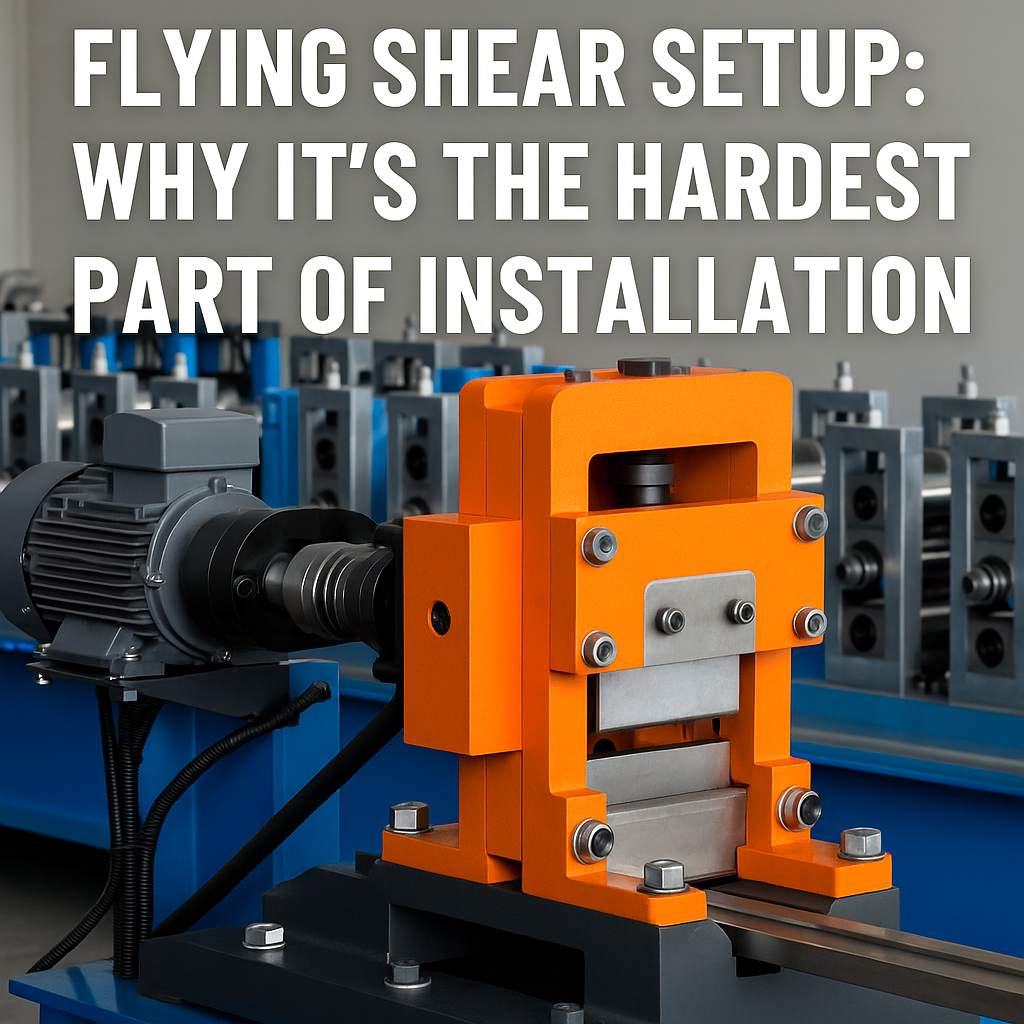
Flying Shear Setup: Why It’s the Hardest Part of Roll Forming Machine Installation
Posted on Monday, November 24, 2025
If you want a header image, meta description, or series continuation, just tell me.
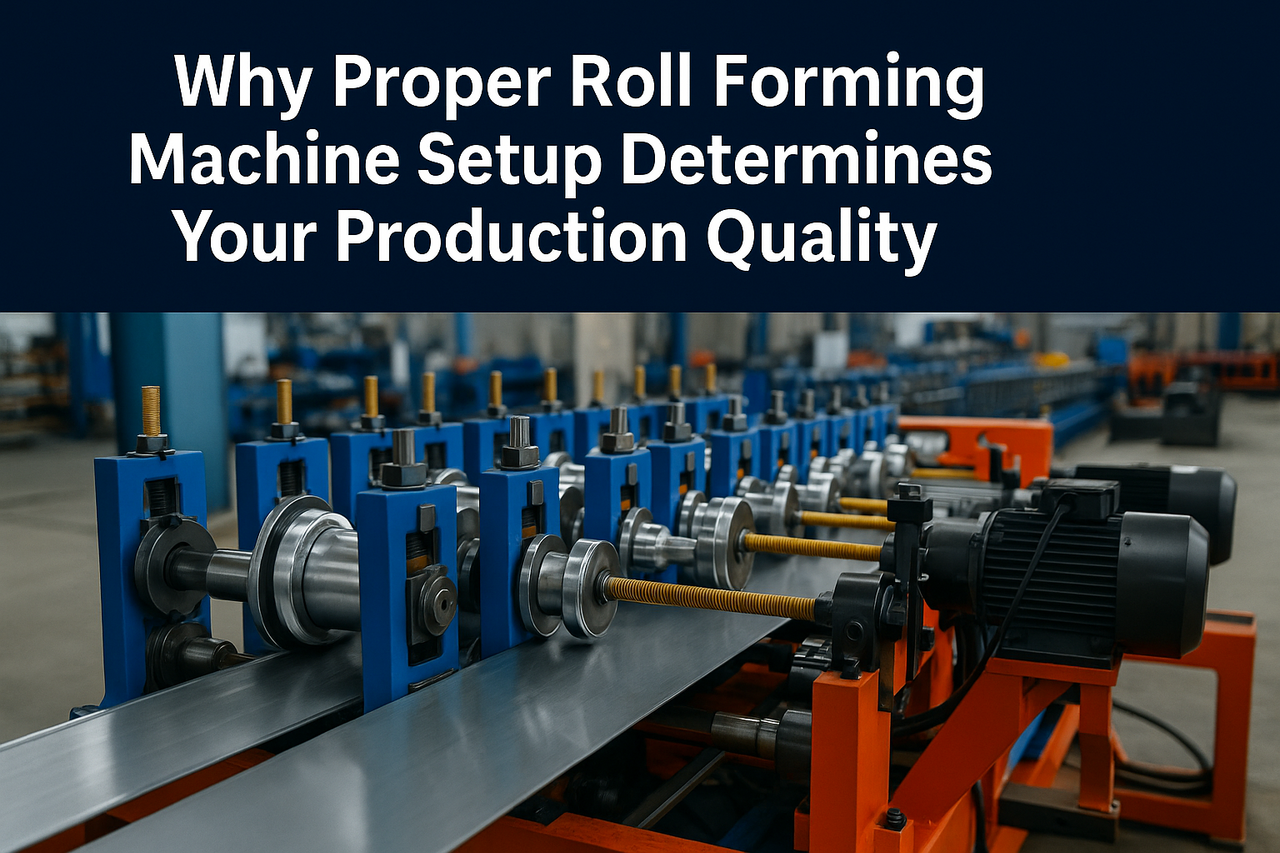
Why Proper Roll Forming Machine Setup Determines Your Production Quality
Posted on Monday, November 24, 2025
The #1 factor that decides accuracy, scrap rate, speed, and consistency.
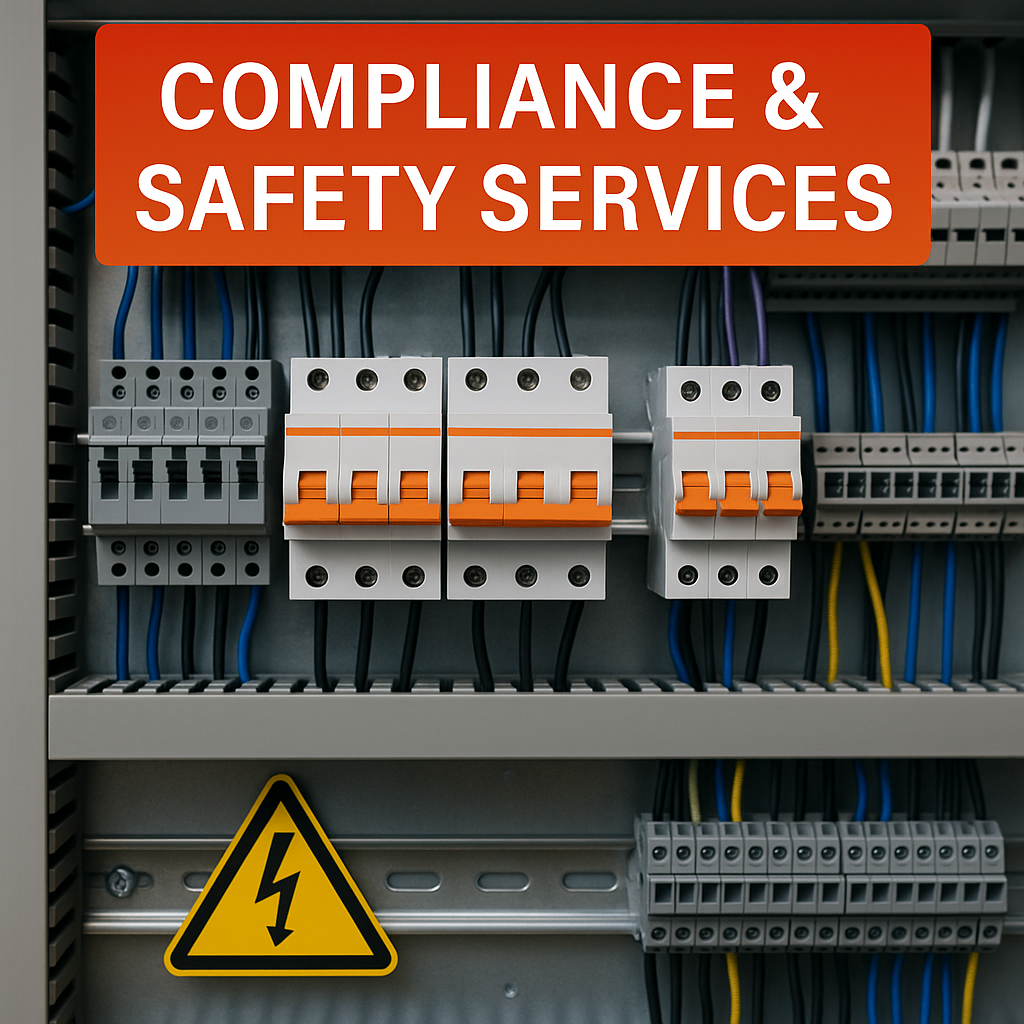
Compliance & Safety Services for Roll Forming Machines — Full Guide
Posted on Sunday, November 23, 2025
How Machine Matcher keeps your machines safe, legal, and fully compliant with CE, UL, and UKCA standards.
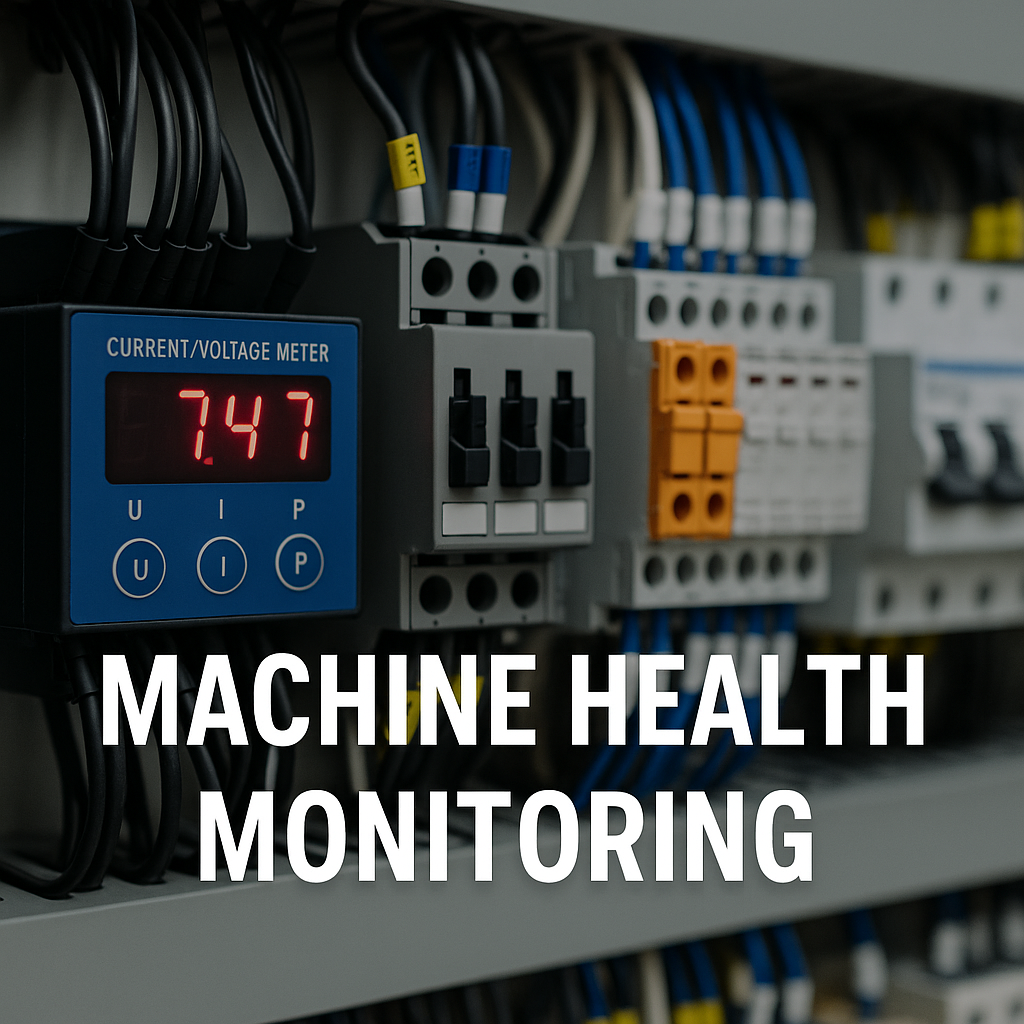
Machine Health Monitoring for Roll Forming Machines — Complete Diagnostic Service Guide
Posted on Sunday, November 23, 2025
Continuous diagnostics that prevent breakdowns, reduce downtime, and extend machine life.
Copyright 2025 © Machine Matcher.